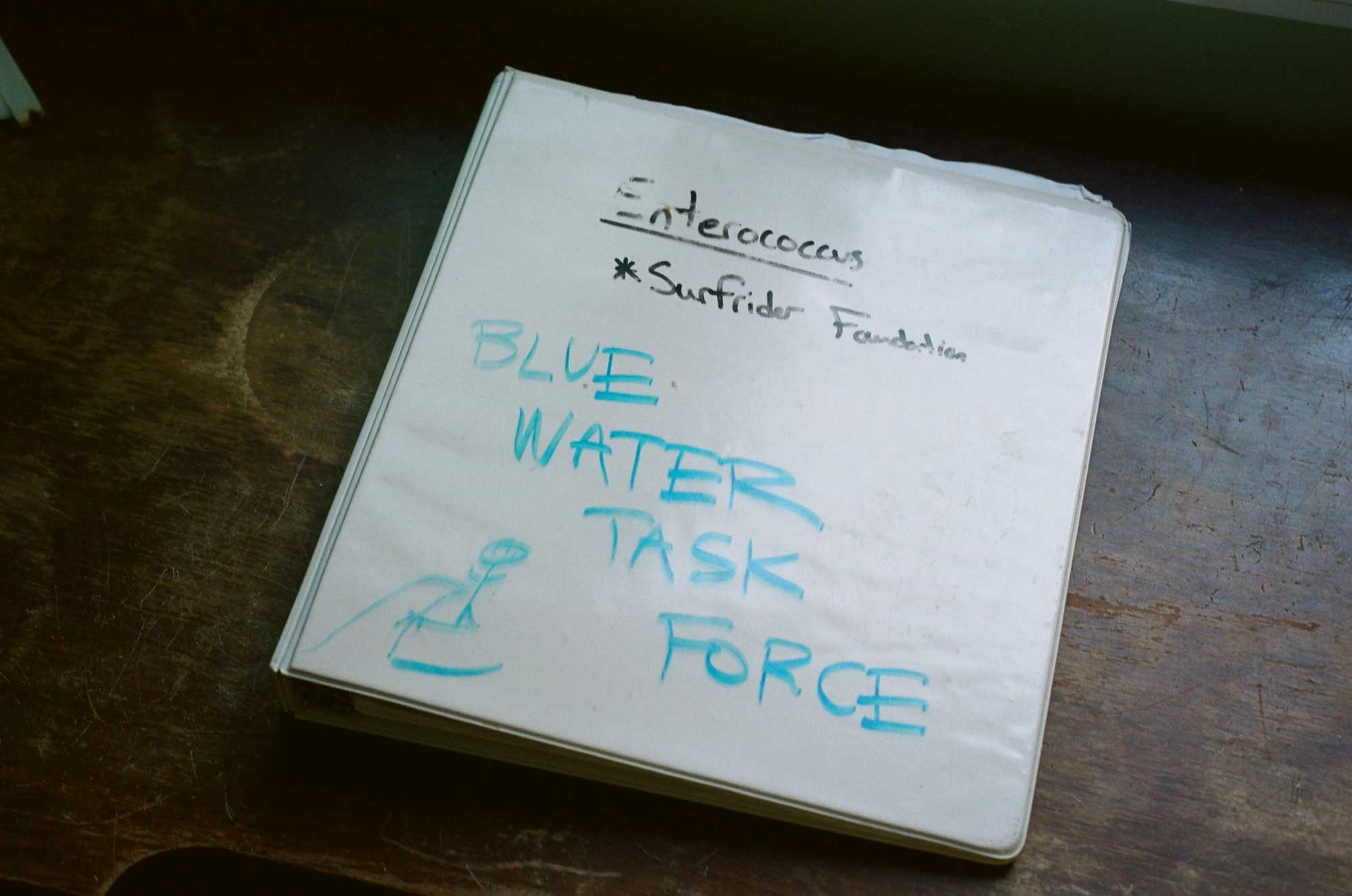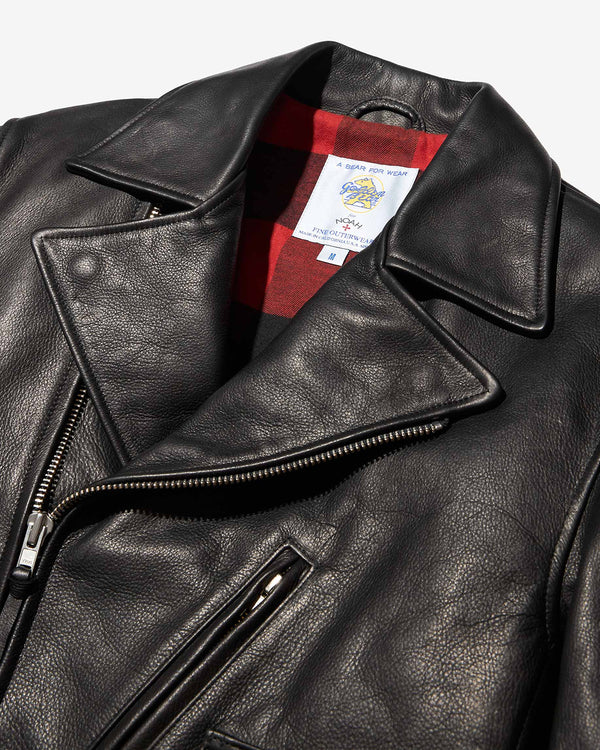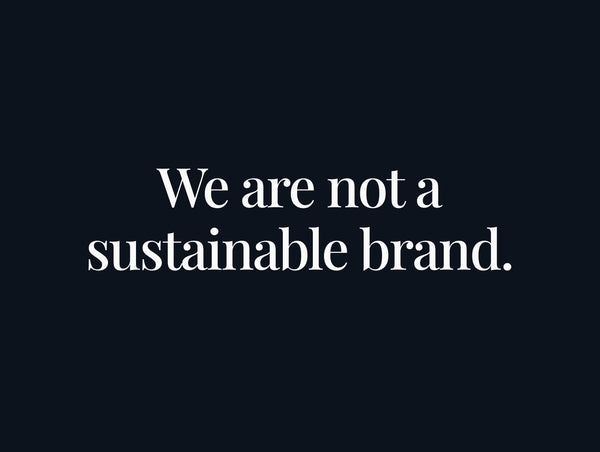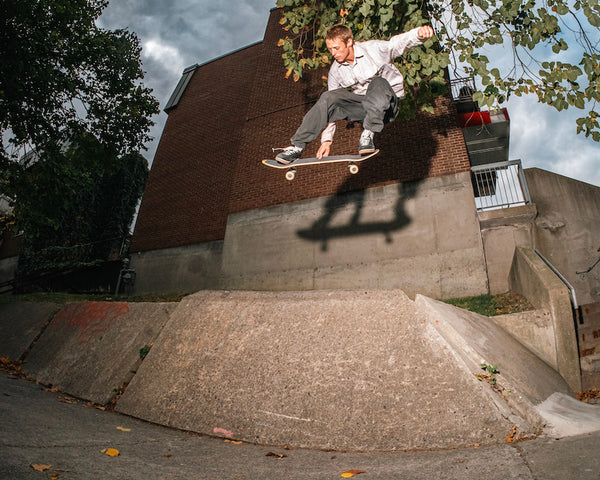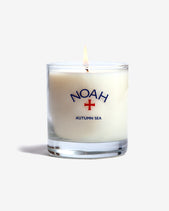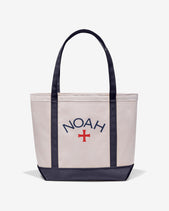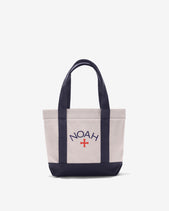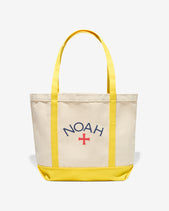
Growing up on Long Island, water was everywhere. From the bays and ocean beaches to the creeks, rivers and lakes, we found ourselves interacting with bodies of water as part of everyday life. If we weren't in the water– surfing, fishing, clamming or jumping our bikes into it–we found ourselves drawn to it just to hang out. Everything seemed a little bit better near the water. I still feel that way, and still try to find any excuse to get near it.
To celebrate World Water Day, we wanted to invite one of our local water protectors to show us what's really going on, and explain how they track pollution in local waterways. I'd like to thank Saylor Pochan from The Surfrider Foundation's NYC chapter for letting us tag along on their rounds, and for making us aware of several things we didn't know about the state of things in the Rockaways and Jamaica Bay.
Saylor is part of Surfrider’s nationwide Blue Water Task Force (BWTF) volunteer program, which gathers samples from recreational beaches and compares them to EPA clean-water standards. We took samples at 92nd & 69th Street beaches for testing at the home lab of a fellow member who lives nearby. Along the way, Saylor took us by a few Combined Sewer Overflows (CSOs), as well as the Rockaway Wastewater Treatment Plant. What they had to say about them, and the frequent infiltrations of waste into Jamaica Bay, was hair-raising, and helped bring the importance of organizations like the BWTF into focus.


Can you tell us about Surfrider’s BWTF?
The Surfrider Foundation started the 100% volunteer-run Task Force to empower people to advocate for the health of their local waters. With the proper tools and knowledge, volunteers can screen for pathogens that can make people sick.
When did the program start, and when and why did it come to NYC?
The BWTF was started 25 years ago in Southern California, and the NYC chapter started our testing program in January of 2017 with the help of a grant from Patagonia. The city’s Department of Environmental Protection tests NYC beaches weekly from Memorial Day to Labor Day. We created our program both to corroborate their summer testing and to fill the gap in off-season testing in the Rockaways, since we surf here year round.
Who volunteers, and how does someone become a water quality tester?
It’s just people who love the Rockaways and the ocean! To join, we ask that you commit to one weekend a month. The initial training takes a few hours, and then each testing session is an hour or so. You can come along with us once before committing to training to see if it's for you, but once people join, we ask that members be self-starting. It’s satisfying work, and makes you feel like a human shield protecting the ocean.


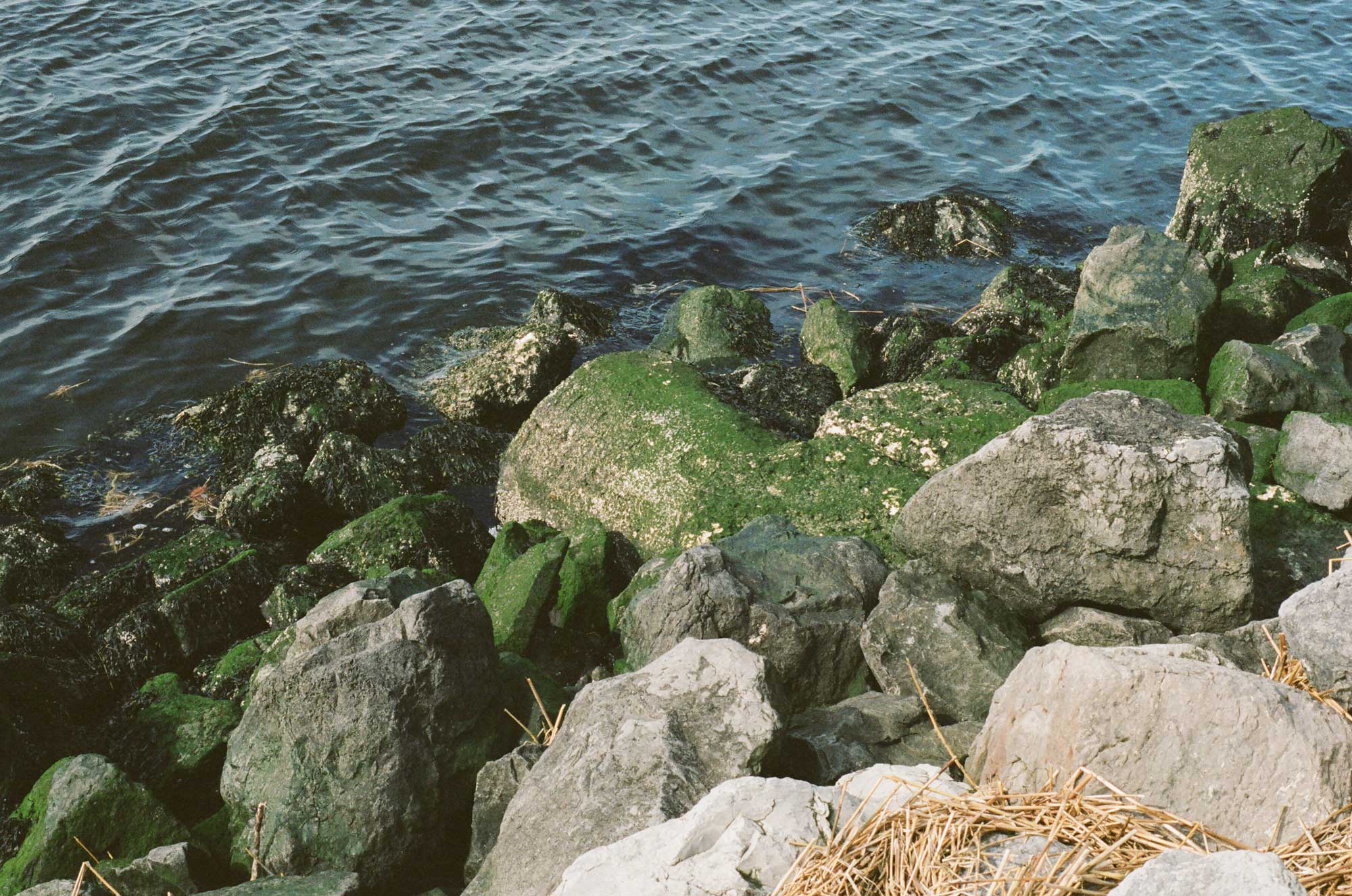


Can you walk us through the testing process?
Every weekend between Thursday and Sunday, we put on waders and over-the-elbow gloves and walk into the water at Beach 69th and Beach 92nd to grab samples. We run them at our lab (@surfridernycwater) at a volunteer’s apartment, and send notes and pictures from the day to be posted on Instagram. We then coordinate who can pull the samples out of the “oven” 24 hours later. That person enters the results in the Surfider database and lets our social media person know the results.
What kind of bacteria and pollutants are found in the samples you collect?
We’re mostly on the hunt for enterococcus, which is a type of bacteria that lives in mammal’s digestive systems and fecal matter. It’s used around the world as an indicator of sewage in the water–if you find enterococcus, human fecal matter is usually present.
What role does the Rockaway Wastewater Treatment Plant play in the peninsula’s water quality?
The 40+ person team of heroic chemists, engineers, laboratory technicians, mechanics and supervisors are responsible for cleaning the water used on Rockaway Peninsula and discharging it back into the environment. The water they clean includes everything coming from people’s houses, from their showers (use ocean-friendly bathing products y’all!) to their toilets, as well as water from restaurants and industrial facilities.


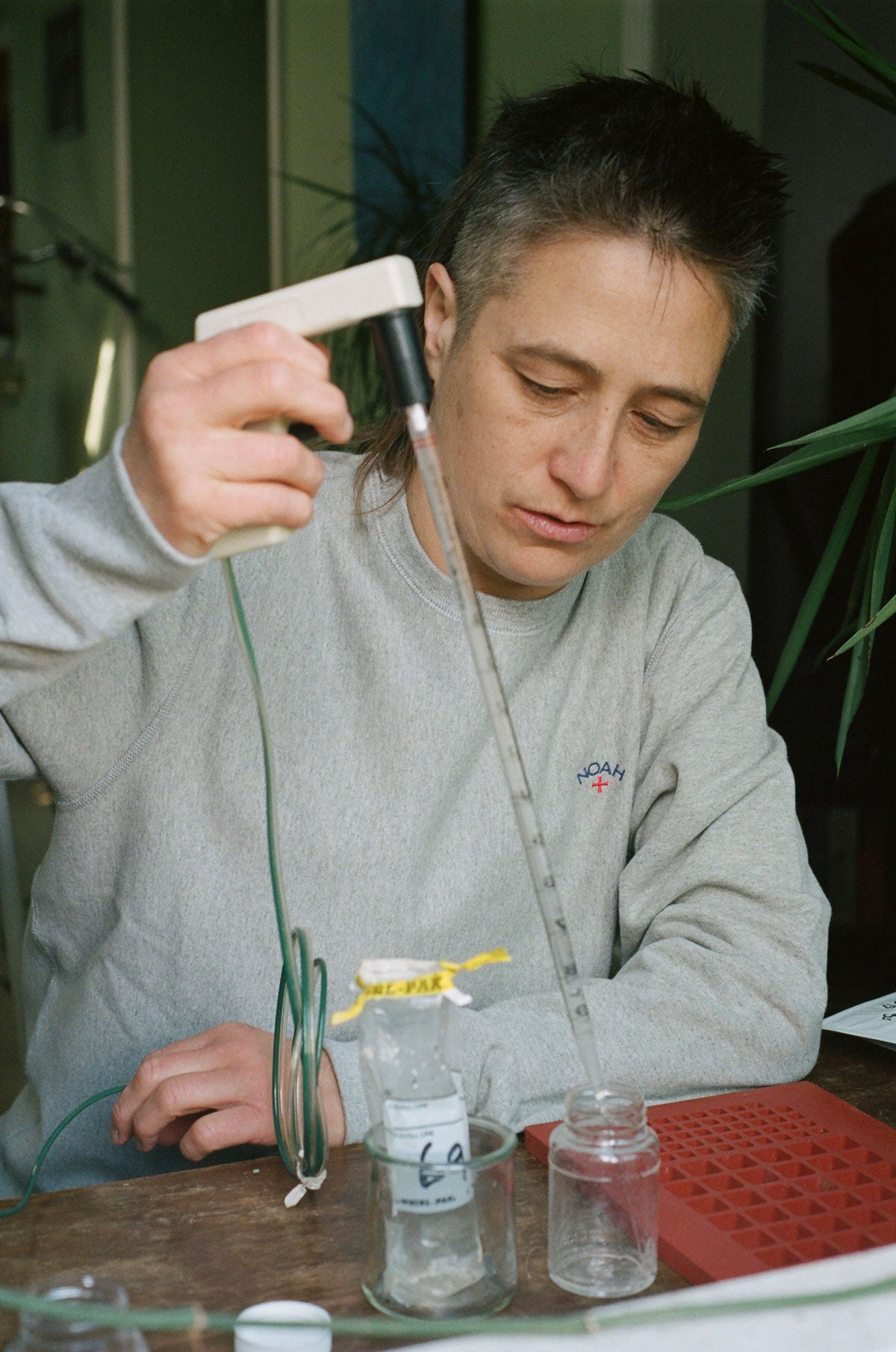


Can you talk to us about Combined Sewer Systems (CSS) and Combined Sewer Overflows (CSOs)?
CSSs are sewers that are designed to collect rainwater runoff, domestic sewage and industrial wastewater in the same pipe. During dry weather and periods of light rain, CSSs can transport all of their wastewater to a sewage treatment plant. During periods of heavy rainfall or snowmelt, however, the wastewater volume in a CSS can exceed the capacity of the system. For this reason, CSSs are designed to overflow occasionally and discharge excess (untreated) wastewater directly into nearby streams, rivers, or other bodies of water like Jamaica Bay.
These overflows are called Combined Sewer Overflows (CSOs) and contain not only stormwater, but also untreated human and industrial waste, toxic materials, and debris. Unfortunately, it doesn’t take a hurricane to have CSOs flowing into the bay. Moderate rain is typically enough.
What hazards does this kind of flooding pose to the quality of the water off of Rockaway Beach?
If you’ve ever been surfing here when a rainstorm happened to blow through, you can find yourself in weird-smelling water within minutes, and see that it’s also suddenly full of used balloons, tampon applicators, cigarillo and Juul tips and cartridges, plastic bags, and a mind-blowing amount of other big, medium and small stuff.
We even get frequent sunny-day flooding in the Rockaways, when new- or full-moon high tides push the freshwater lens under the peninsula up through the sewer grates in the streets. When the tide goes out, whatever was on the streets–garbage, gasoline, oil and fluid leaks from cars, cigarette butts, whatever–washes right down the grates and into Jamaica Bay.
On the beach, high tides or storm surges pick up anything on the sand and drag it right into the ocean, so when you come visit, PLEASE make sure all your trash is secured in a trash bin.
After Superstorm Sandy (which many people in Rockaways and other affected neighborhoods are still recovering from 8 years later), the beach and peninsula in general smelled... intriguing. A mixture of sewage from the overwhelmed treatment plant, street waste, and everything the water picked up after flooding garages, car engines, and homes, was dragged back into the bay. Another great reason to use natural products when you can!


What can we do in our daily life to improve the quality of our local waters?
A lot, it's all very doable!
• Don’t flush anything down the toilet except human waste and toilet paper. Never flush baby wipes or tampons, which clog transport pipes and strainers at the Wastewater Plant.
• If it’s raining or snowing, use as little water as possible to avoid adding to the CSO burden.
• Check the ingredients on your personal care products and see if what you are washing down the drain is ocean-friendly.
• If you work in the service industry, advocate to not pour grease down the drains. You can google “fatbergs”–ewwww! If you cook at home, same thing.
• Take a daily walk around your block and (cautiously, so you don’t get cut or hurt) pick trash from the gutters and streets to keep it from being taken to sea during high tide flooding or storm events.
• Most importantly, spread the word. The more people know, the more they tend to want to take action. Talking about poo is a fun way to engage with friends and neighbors, and it can lead to helping each other out with other neighborhood issues too. The more of us who are aware and protecting our waters, the safer we all are!
Besides water testing, are there other ways people can get involved with the BWTF?
We always have non-testing things people can help with too! Right now we are looking for help making our website amazing and putting together a slideshow presentation we can use for community presentations. You can DM our Instagram feed @surfridernycwater or email us at bwtf@nyc.surfrider.org to learn more about BWTF and Surfrider’s other campaigns and initiatives. We’re always looking for help tabling at our partner events all over the city. If you are passionate and want to use your skills, whatever they are, get in touch! nyc.surfrider.org and volunteercoordinator@nyc.surfrider.org
